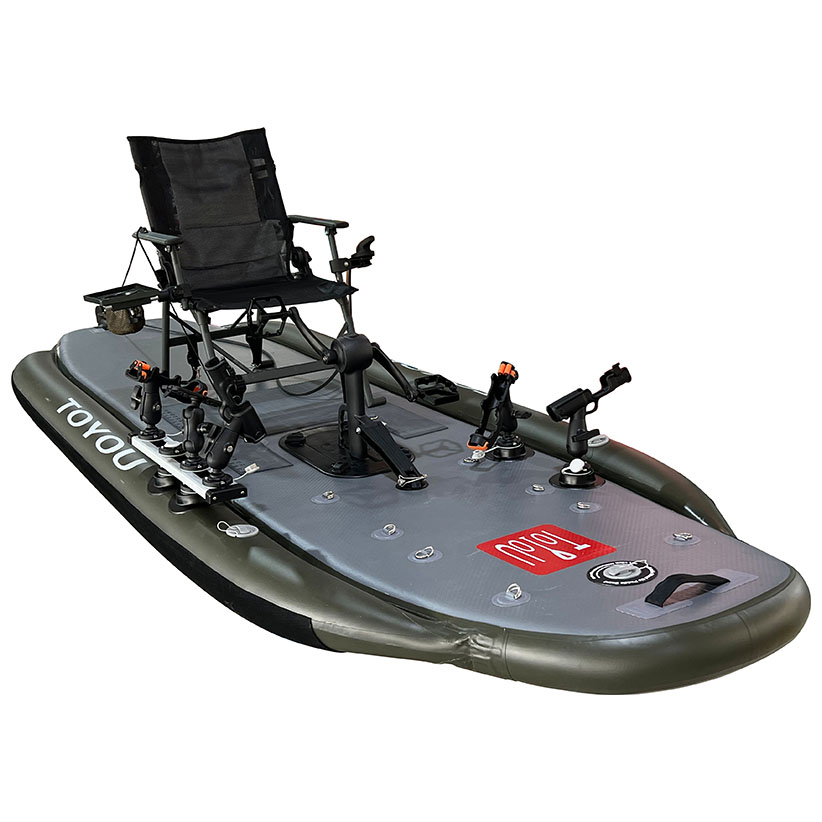Fishing in Europe offers a diverse range of experiences due to the continent’s varied geography, abundant waterways, and rich angling traditions. Here’s a look at some of the key aspects of fishing in Europe:
1. Popular Types of Fishing
- Fly Fishing: Particularly popular in the UK, Ireland, and Scandinavia, fly fishing in Europe targets species like trout and salmon in pristine rivers and streams.
- Coarse Fishing: Common in the UK and mainland Europe, anglers fish for species like carp, pike, roach, and bream in lakes, canals, and rivers.
- Sea Fishing: Coastal countries like Norway, Spain, and Portugal offer excellent sea fishing opportunities, targeting species like cod, mackerel, and sea bass.
- Ice Fishing: In the northern regions, particularly Scandinavia and parts of Eastern Europe, ice fishing is a popular winter activity.
2. Top Fishing Destinations
- Norway: Known for its excellent sea fishing, particularly in the fjords where anglers can catch cod, halibut, and sea trout.
- Scotland: Renowned for its salmon fishing in rivers like the Spey, Tay, and Tweed, as well as trout fishing in its many lochs.
- Ireland: Offers great fishing for salmon and trout in its rivers and loughs, as well as sea fishing along its rugged coastline.
- Spain: Known for freshwater fishing in its rivers and reservoirs for species like carp and barbel, and sea fishing in the Mediterranean and Atlantic.
- France: Famous for its carp fishing in well-stocked lakes and rivers, and sea fishing along the Atlantic coast and Mediterranean.
3. Fishing Regulations
Fishing regulations in Europe can vary significantly from country to country. Generally, anglers need to be aware of:
- Licenses: Most countries require fishing licenses, which can be obtained for a day, week, or year.
- Seasonal Restrictions: There are often closed seasons to protect fish during spawning periods.
- Catch Limits: Regulations may include limits on the size and number of fish that can be kept.
- Protected Species: Certain species may be protected and must be released if caught.
4. Fishing Culture and Community
- Clubs and Associations: Many European countries have strong fishing clubs and associations that organize events, manage waters, and promote sustainable fishing practices.
- Competitions: Competitive fishing is popular, with numerous local, national, and international tournaments held annually.
- Conservation: There is a strong emphasis on conservation and sustainable fishing practices, with many anglers practicing catch and release to preserve fish populations.
5. Fishing Techniques and Equipment
- Traditional Techniques: Many European anglers use traditional techniques and equipment, such as fly rods for fly fishing or specialized rigs for carp fishing.
- Modern Innovations: The use of modern technology, such as fish finders and advanced baiting systems, is also widespread.
These resources provide detailed information on fishing spots, regulations, and tips for anglers planning a trip to Europe. Whether you’re a seasoned angler or a beginner, Europe offers a wealth of opportunities to enjoy this beloved pastime.


